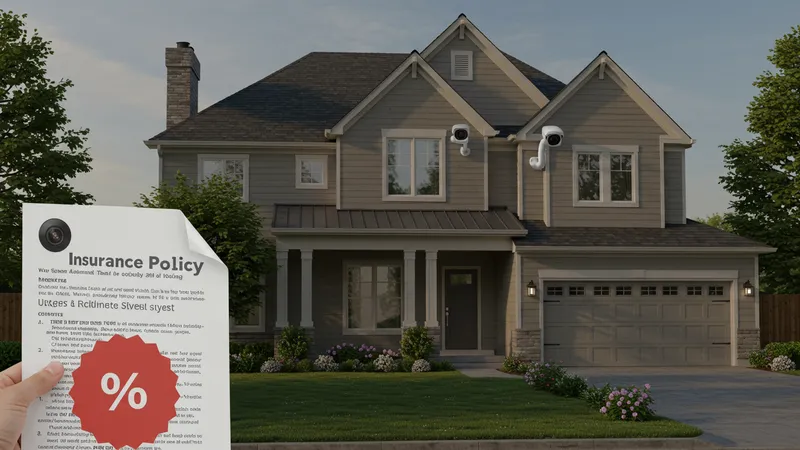
Smart Home Security Systems For 2025: What Pros Recommend
The Financial Aspect: Hidden Costs and Savings
On the surface, investing in smart security systems might seem a substantial financial undertaking. The upfront installation and equipment costs can be daunting. Systems like ADT or Vivint tag a premium, but the real question lies in the financial trade-offs hidden beneath the surface.

Surprisingly, these initial costs can be offset by the long-term savings these systems promise. Reduction in insurance premiums is a notable benefit, as many insurance companies tend to lower rates for homes equipped with these advanced security measures. It’s a financial win-win that savvy homeowners have quickly capitalized on.
Additionally, these systems can enhance property values, making them an attractive proposition for prospective buyers looking for homes that come with an integrated security edge. So, what initially appears as a high outlay could eventually translate into significant return on investment. The multimillion-dollar question remains—are these returns guaranteed?
There’s no one-size-fits-all answer, but understanding how smart systems can mitigate risks and financial burdens is critical. They provide not just protection but ensure you’re economically safeguarded too. As technology continues to advance, the economic prudence of investing in such systems is bound to increase. Bear this in mind as the story unfolds further.